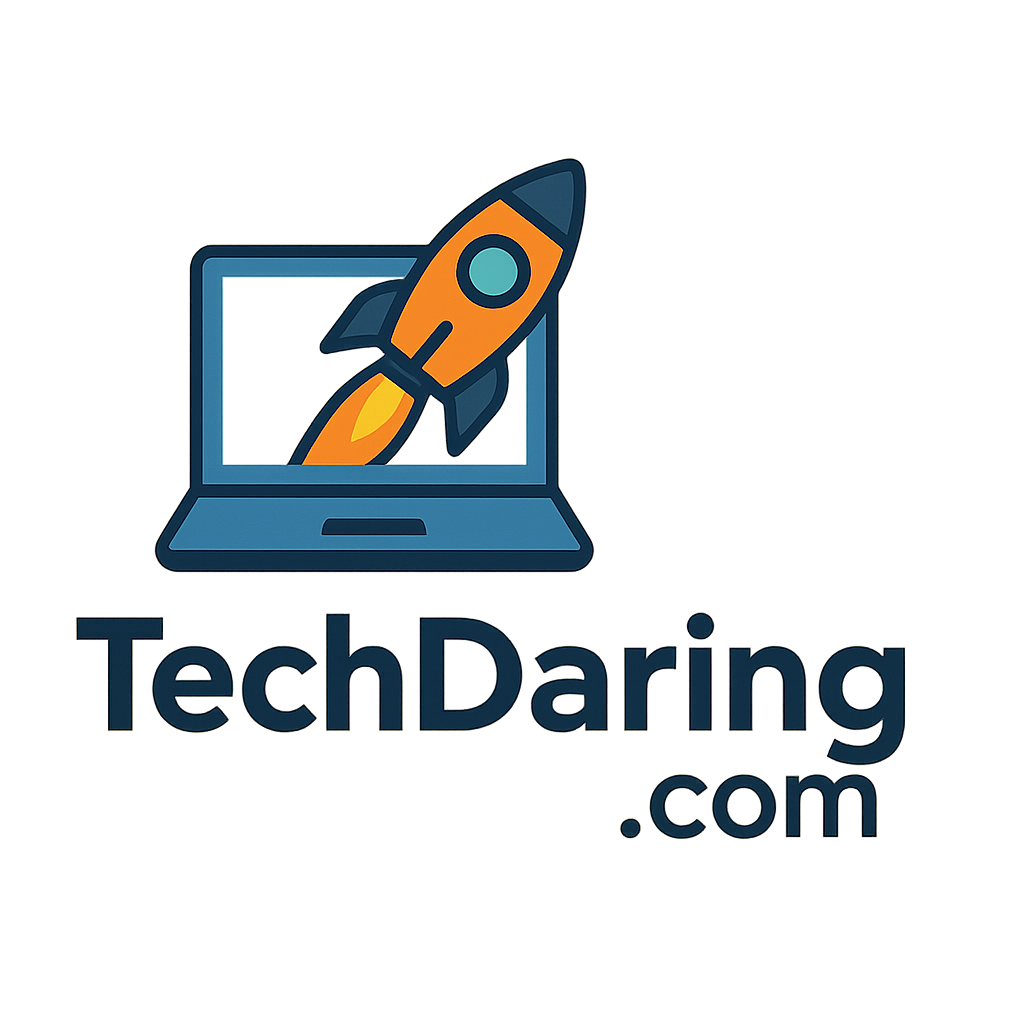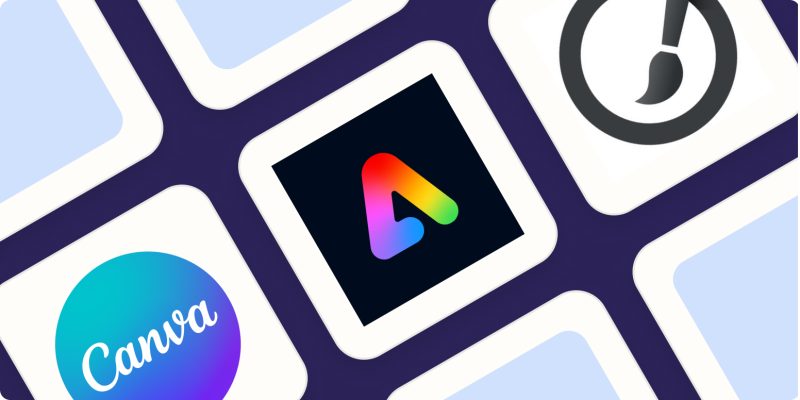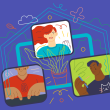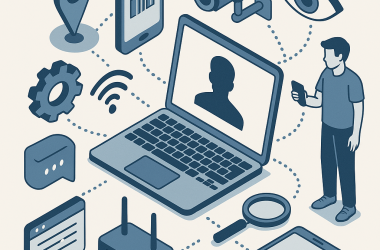Table of Contents Show
The introduction of social media completely changed how we create and consume artistic output. In addition to democratizing content production, it has also changed consuming habits, making them more interactive and individualized. This article explores the profound impact of social media on creative content production and consumption.
The rise of user-generated content
The emergence of social media platforms has sparked a revolution in user-generated content, allowing individuals to transform into creators. These websites provide various resources and functionalities that empower individuals to create and distribute their content to a worldwide viewership. One such tool is video repurposing, which allows creators to adapt their content for various platforms, maximizing reach and engagement. The current transformation has caused a fusion of roles between creators and users, resulting in a content environment that is more cooperative and inclusive.
The democratization of content production
The introduction of social media completely changed how we create and consume artistic output. The introduction of social media has profoundly altered the process of producing content by eliminating the historical constraints that only a select few could produce it. Anyone with a mobile device and the internet may create and share content. This has democratized content creation and made content consumption more participatory and personalized. A wide range of tastes and interests are now being satisfied by a growth in the diversity and volume of online information brought about by the development of democracy. Additionally, it has fostered an atmosphere of creativity and innovation since artists frequently experiment with fresh structures and ways to fascinate their audience.
The transformation of content consumption
The effect of social media is widespread and has an impact on how we consume material. The growth of interactive and personalized experiences results from transitioning from traditional passive consumption. Nowadays, people can engage with numerous media formats by sharing, giving comments, and even actively participating in their creations. The capacity to interact with the material has completely changed how we connect with and consume information, resulting in a collaborative and immersive experience. Additionally, computers tailor the content to individual tastes, ensuring that people are shown relevant stuff to their interests.
The challenges and opportunities
While there are advantages to using social media, obstacles arise when creating and consuming content. The overwhelming amount of information available can cause users to feel overwhelmed, making it challenging to differentiate between high-quality content. Furthermore, the dependence on algorithms may lead to the formation of echo chambers, which can restrict the opportunity to encounter a wide range of viewpoints. On the flip side, these obstacles also offer possibilities. For example, they emphasize the importance of acquiring digital literacy abilities to navigate the vast array of available content effectively. Furthermore, they highlight the immense capacity of social media to foster diversity and inclusivity in the creation and consumption of content.
The impact of social media on the creation and consumption of artistic material has been significant. The advancement has allowed people to become innovators, equalized content production, and changed how we consume by making it more engaging and tailored to our preferences. Although it poses certain difficulties, it also provides countless chances for originality, advancement, and inclusiveness in content. In our ongoing journey through the digital age, it is imperative that we fully utilize the power of social media to enhance our encounters with various forms of content.
Image attributed to Unsplash.com









